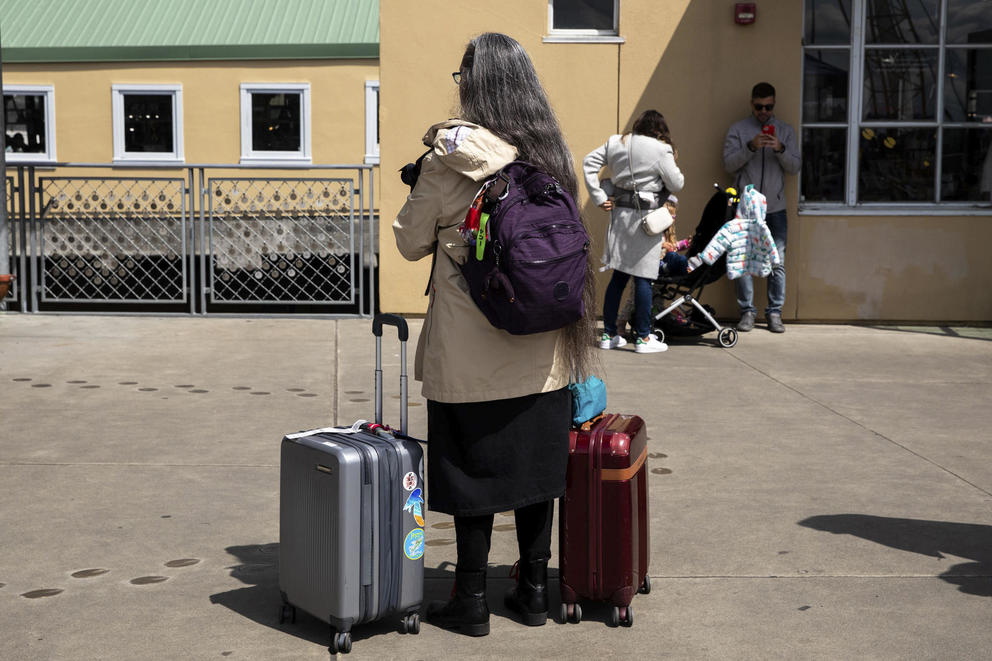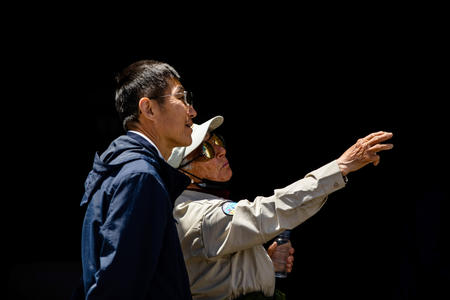The message still stuck: Don’t waste your summers. Go on vacation with your children and make good memories that last a lifetime.
Tourism was one of the hardest-hit industries by the COVID-19 pandemic. Washington state lost billions in visitor spending — and the taxes that came with it.
The pandemic, however, also reminded many of the value of travel; to have experiences that, as the ad said, create lifetime memories.
So it’s no wonder we see a significant drive in tourism demand. And that’s why my colleagues at Crosscut and I have written stories for “Open for Visitors,” looking at the state’s tourism industry, the cultural and economic impacts of the sector and, of course, efforts to recover from the pandemic.
Millions are returning to Seattle to board cruise ships, though not at the same level pre-pandemic.
Others are visiting Seattle’s famous tourist spots, including Pike Place Market, the Fremont Troll and the Space Needle.
Seattle is working to remain on visitors’ radar by generating additional promotion dollars to stay competitive with Portland and other urban areas in the U.S.
Meanwhile, a nonprofit launched a comprehensive state tourism strategy this year, one it lacked for many years after legislators closed the state’s tourism office in 2011.
This strategy includes helping rural areas develop and sustain tourism development and promotion programs. While the pandemic negatively impacted tourism, many discovered new hiking trails and campgrounds in seeking safe alternatives to staying home.
While the pandemic showed the economic importance of tourism, officials say it’s just as essential to address the other aspects of the industry’s triple bottom line: people, planet and profit.
Local and state officials now craft tourism strategies to encourage visitors to explore, but to do so in a way that’s respectful to the destination’s visitors and environment.
Communities are also taking an inclusive approach to destination development. For Seattle’s Victor Steinbrueck Park, that meant removing the totem poles that were a popular feature for tourists and replacing them with art by local Indigenous artists.
Together, these Crosscut stories show the importance and complexity of rebuilding the tourism sector throughout our state.
And that ad I listened to a few years ago? It was part of a marketing campaign from Idaho’s tourism office. The fact that I remember it shows what a good tourism marketing campaign can do.
Get the best stories of the week
This weekly newsletter dives deeper into one story and how it was reported, along with curating the best stories of the week.





